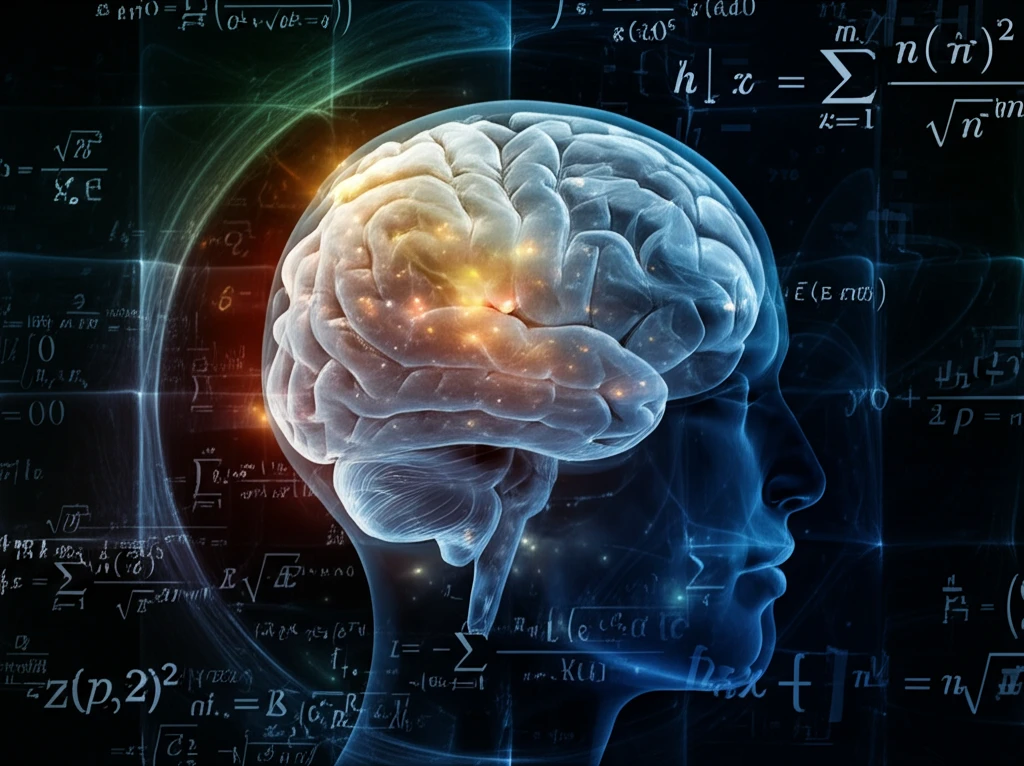
Decoding Brain Waves: How Finite-Size Effects Impact Neural Field Equations
"Unlocking the secrets of neural networks: A simplified explanation of how mathematical models help us understand the brain's complex activity and potential sources of noise."
The human brain, a vast network of interconnected neurons, orchestrates everything from our simplest reflexes to our most complex thoughts. Understanding how this intricate system functions is one of the greatest challenges in modern science. Neural field equations offer a way to model the brain's activity on a macroscopic scale, providing insights into how large populations of neurons interact.
These equations are derived using approximations, essentially treating the brain as a continuous field of activity rather than a collection of individual cells. One key assumption is that each population of neurons is large enough to be described by an average activity level. However, what happens when this assumption breaks down? When the populations are not infinitely large, 'finite-size effects' come into play, introducing deviations from the idealized average and adding a layer of complexity to our models.
This article explores these finite-size effects and their implications for neural field equations. By explicitly considering the discrete nature of neural networks and the finite number of neurons in each population, we can gain a more nuanced understanding of brain activity and the sources of noise that influence it. This exploration will be less about diving into the complex math, and more about understanding the concepts.
What are Neural Field Equations and Why Do They Matter?

Imagine trying to understand the flow of traffic in a city. You could track every single car, but that would be incredibly complex. Instead, you might look at the average density of cars in different areas and how they change over time. Neural field equations do something similar for the brain.
- Traveling waves of activity: These waves can model how signals propagate across the cortex, potentially underlying cognitive functions.
- Sustained activity patterns: Neural field equations can help explain how the brain maintains stable states of activity, relevant to attention and working memory.
- The effects of synaptic connections: The equations incorporate how neurons are connected, allowing researchers to study how different network architectures influence brain function.
Why Finite Size Matters: Bridging the Gap Between Theory and Reality
By accounting for the inherent discreteness and finite size of neural populations, we move closer to a more complete and realistic picture of brain function. This nuanced approach not only refines our theoretical models but also enhances our ability to interpret experimental data and understand the variability we observe in neural activity. The brain is complex, and understanding the sources of that complexity is an ongoing journey. By embracing the challenges posed by finite-size effects, we pave the way for more accurate and insightful models of the brain.
